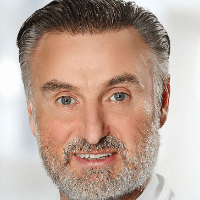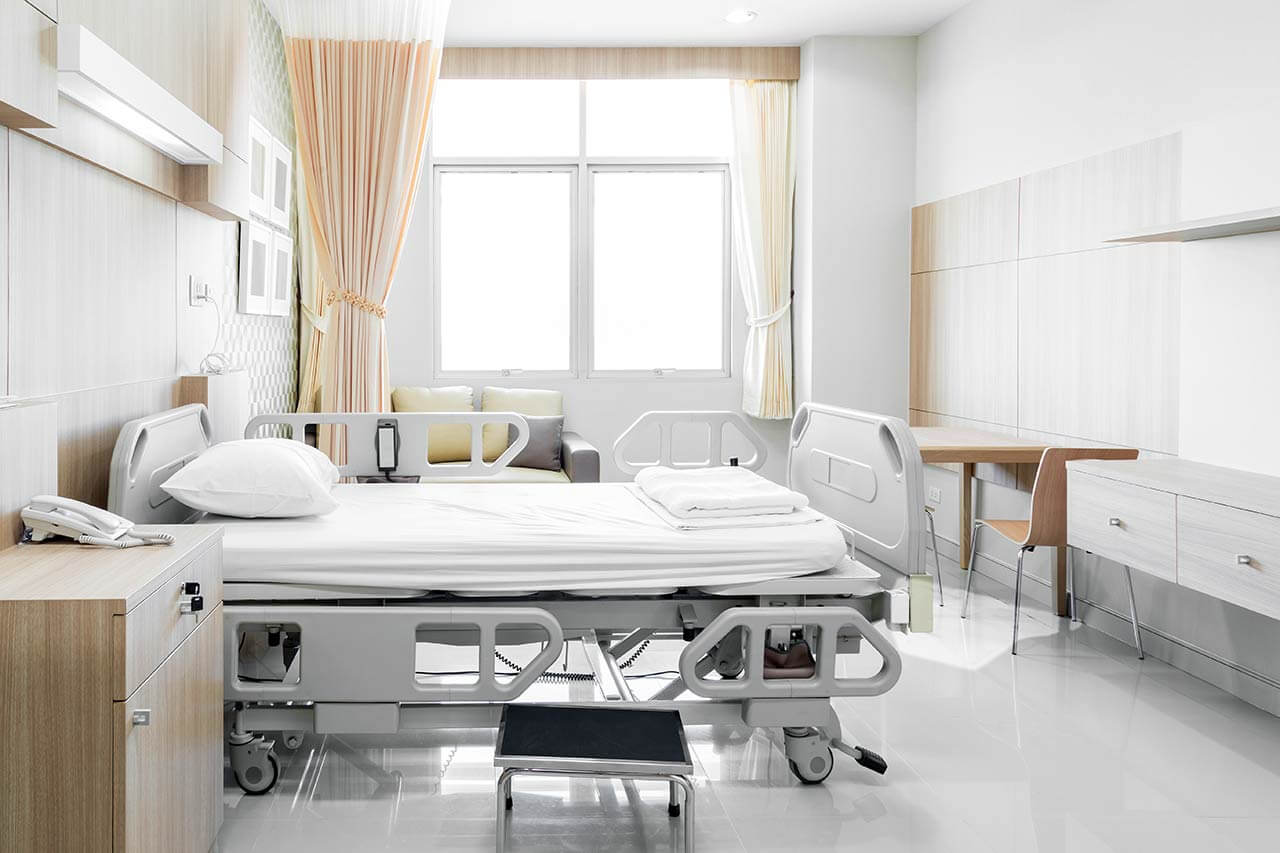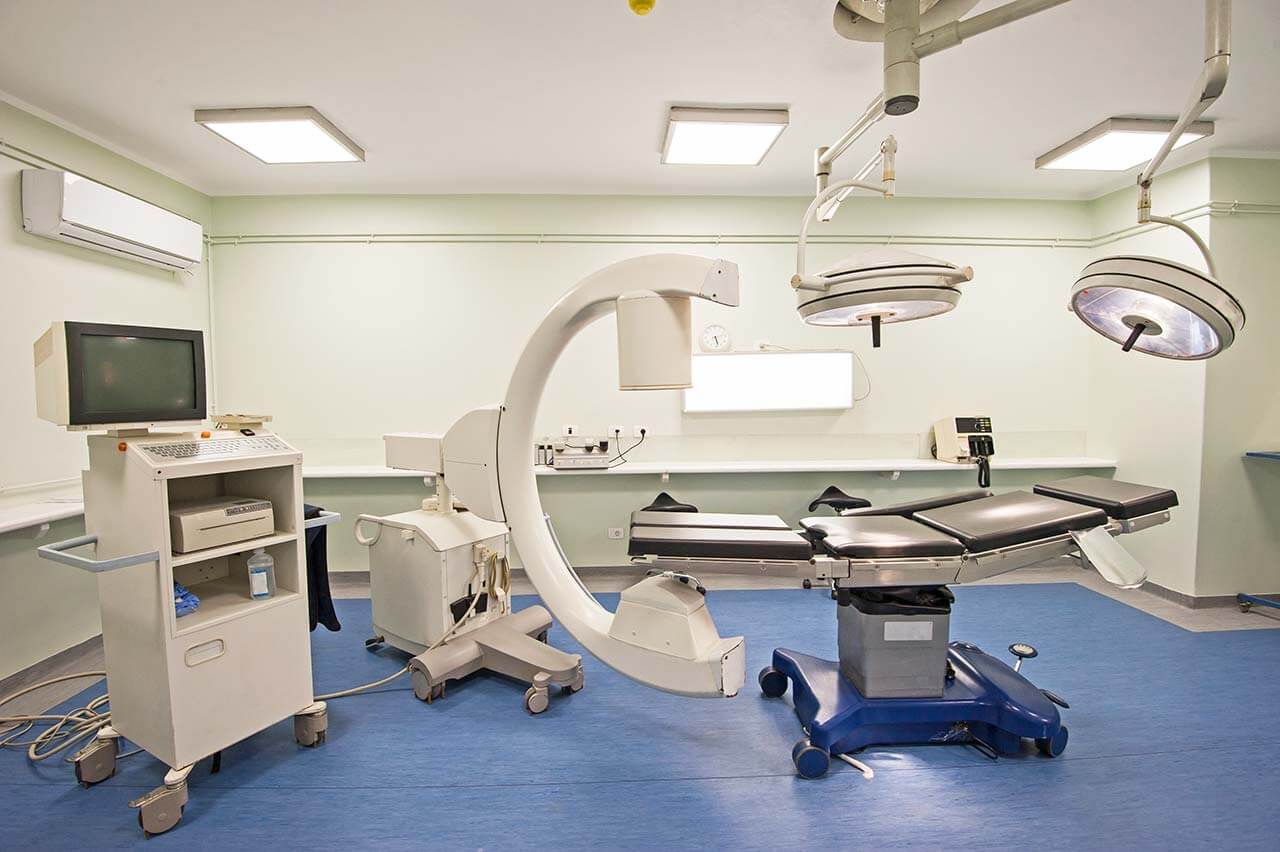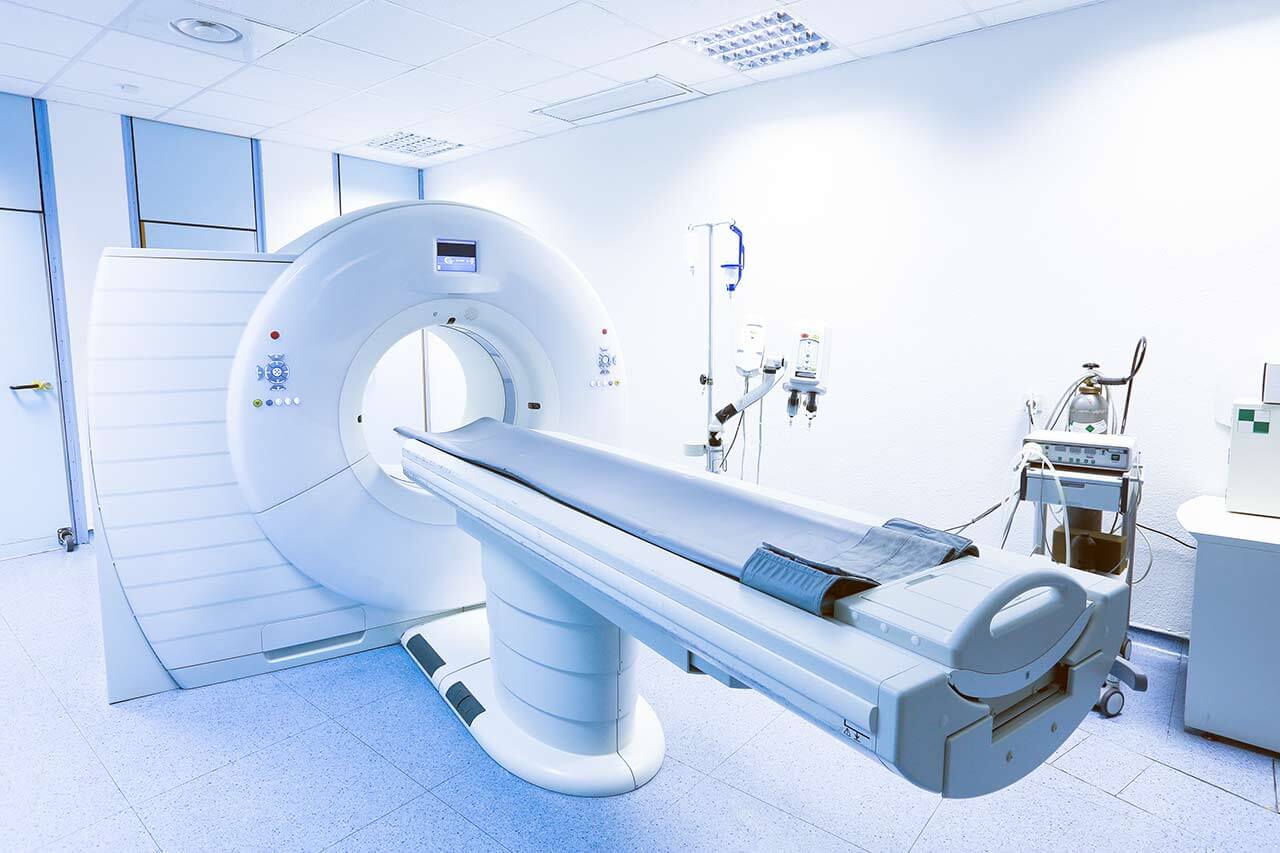
The program includes:
- Initial presentation in the clinic
- clinical history taking
- review of medical records
- physical examination
- laboratory tests:
- complete blood count
- biochemical analysis of blood
- Lipid metabolism (HDL/LDL, cholesterol,
triglycerides Lip(a), homocysteine) - blood coagulation analysis (aPTT, PT, INR)
- inflammation indicators (CRP, ESR)
- metabolic status (uric acid, total glucose, HbA1c)
- cardiovascular disease risk markers
- kidney function test (creatinine, urea)
- color doppler echocardiography
- color doppler sonography of renal arteries
- duplex renal arteries
- CT/ MRI-angiography of renal arteries
- preoperative care
- angioplasty of renal artery with implantation of stents (max. 2)
- symptomatic treatment
- control examinations
- the cost of essential medicines and materials
- nursing services
- full hospital accommodation
- developing of further guidance
Required documents
- Medical records
- Doppler ultrasonography / duplex scanning of the renal arteries (if available)
- MRI/CT scan of the abdomen and pelvis (if available)
- Renal angiogram (if available)
Service
You may also book:
 BookingHealth Price from:
BookingHealth Price from:
About the department
The Department of Adult and Pediatric Diagnostic, Interventional Radiology at the Helios Hospital Berlin-Buch offers all modern methods of high-precision imaging diagnostics and minimally invasive imaging-guided therapeutic procedures. The department meets all radiation protection standards, which are especially important in the diagnostics of children and adolescents. The basis of successful clinical practice of the medical facility is a progressive technological base and the best highly qualified specialists. The department is headed by Prof. Dr. med. Thomas Herold.
One of the department's priority focuses is imaging diagnostics and interventional therapy of bone tumors and soft tissue sarcomas. To detect these types of neoplasms, the doctors use such examinations as sonography, classical radiography, computed tomography and magnetic resonance imaging. The service range is complemented by endovascular diagnostic procedures for the detection of benign soft tissue tumors (such examinations are carried out within the modern hybrid operating rooms), as well as PET-CT skeletal imaging (in collaboration with the Department of Nuclear Medicine). The therapeutic options in this field cover many minimally invasive CT-guided interventions, particularly, tumor biopsy, radiofrequency ablation for the treatment of osteoid osteomas, endovascular interventions (for example, embolization of hemangiomas).
It is worth noting that the department's diagnostic rooms have special medical equipment adapted for conducting examinations in children. Young patients can undergo such examinations as ultrasound scanning, classic radiography, fluoroscopy, CT and MRI. Depending on the specific clinical indications, the diagnostic methods are prescribed to each child individually. The diagnostic process also often involves the participation of necessary specialists from the Department of Pediatric and Adolescent Medicine.
The department's range of medical services includes:
- Diagnostic radiology
- Classic radiography
- Ultrasound examinations (also with contrast enhancement)
- Computed tomography (also with contrast enhancement)
- Magnetic resonance imaging (also with contrast enhancement)
- Fluoroscopy
- Myelography
- Arthrography
- Angiography (also with contrast enhancement)
- Pediatric radiology
- Classic radiography
- Ultrasound diagnostics
- Fluoroscopy
- Computed tomography
- Magnetic resonance imaging
- Interventional radiology
- CT-guided biopsy (for example, for the detection of causes of lymphadenopathy, metastasis of cancer of unknown primary, metastasis in multiple tumors for treatment planning)
- Diagnostic nerve ending and joint blocks for the detection of the cause of pain and therapeutic block for its elimination
- Drainage of abscesses and cysts (for example, in Crohn's disease in order to avoid open surgery)
- Radiofrequency ablation for tumor destruction
- Interventional procedures for CT-guided treatment of lymphocele
- Percutaneous CT-guided insertion of feeding tubes into the stomach
- Interventional procedures for the treatment of vascular obstruction
- Occlusive peripheral arterial disease
- Renal artery stenosis in uncontrolled arterial hypertension or impaired kidney function
- Aortic intestinal stenosis
- Dialysis graft occlusion or stenosis
- Thromboses
- Embolisms
- Superior vena cava syndrome with venous blood stagnation (for example, in cancers or after irradiation)
- Catheter therapeutic procedures
- Classical balloon angioplasty
- Implantation of drug-coated stents
- Implantation of classic stents (including flexible and self-expanding ones)
- Atherectomy
- Mechanical thrombectomy (removal of blood clots)
- Classical thrombolysis (blood clot dissolution)
- Ultrasound-guided thrombolysis
- Catheter treatment of chronic vascular occlusion
- Minimally invasive treatment of aneurysms (helix placement)
- Therapeutic procedures for blood vessel closure
- Benign or malignant tumors (for example, angiomyolipomas)
- Varicocele
- Impaired venous outflow
- Vascular malformations
- Arteriovenous malformations
- Elimination of endoleaks after vascular prosthetics
- Installation of port systems for chemotherapy, dialysis procedures, parenteral nutrition, etc.
- Highly specialized procedures
- Radiofrequency ablation of the renal artery in poorly controlled arterial hypertension
- Implantation of cava filters into the inferior vena cava for the prevention of pulmonary embolism
- Extraction of foreign bodies from the vascular system
- Transarterial chemoembolization, radiofrequency ablation and selective internal radiation therapy for the treatment of liver tumors
- Other diagnostic and therapeutic options
Photo of the doctor: (c) Helios Klinikum Berlin-Buch
About hospital
According to the reputable Focus magazine, the Helios Hospital Berlin-Buch ranks among the top medical facilities in Germany!
The hospital is proud of its rich history, which dates back over 100 years, as well as the status of a maximum care medical center with exceptionally high success treatment rates. The medical institution is an academic hospital of the Charite Medical Complex, which is one of the best in Europe and around the world. To provide its services to patients, the hospital has over 1000 beds, over 60 specialized departments, centers and institutes, including emergency service and a helipad, as well as 23 state-of-the-art operating rooms.
The medical institution presents almost all branches of modern medicine, many of which are certified by professional German societies (for example, certification of the German Cancer Society, German Diabetes Society).
The hospital diagnoses and treats about 52,000 inpatients and more than 144,000 outpatients every year. The medical services and patient care are provided by world-renowned highly competent doctors and qualified nursing staff. To achieve the best treatment results, the doctors of related medical disciplines work closely together and jointly develop optimal treatment regimens.
It is worth noting that the hospital is located in a beautiful green park area. In the immediate vicinity of the hospital one can find Buch Castle, Buch Forest and Barnim Nature Park. All this has a beneficial effect on patients, as they have the opportunity to stroll through beautiful places that inspire and help to gain strength for the successful overcoming of the therapeutic process.
Photo: (c) depositphotos
Accommodation in hospital
Patients rooms
The patients of the Helios Hospital Berlin-Buch live in comfortable rooms made in bright colors. Each patient room is equipped with an ensuite bathroom with shower and toilet. The standard room includes an automatically adjustable bed with a system for calling nursing staff (this system also serves to use TV, radio, lamps), a bedside table, a locker for storing personal belongings, a TV, a radio. The hospital offers WI-FI.
Meals and Menus
The patients of the hospital are offered tasty and balanced three meals a day. Breakfast is served as a buffet with a wide selection of pastries, cereal, sausages and cheese. For lunch, the patients usually have a choice of three menus, including a vegetarian menu. Also, the patient can independently combine a lunch menu from various meat, fish and vegetarian dishes and side dishes. Dinner includes a standard menu and dishes that the patient can choose on his own to his taste.
In addition, the hospital houses a cozy cafe with an excellent assortment of pastries, fresh salads, sandwiches, as well as traditional Berlin dishes. Here you can enjoy a cup of aromatic coffee, hot tea or refreshment drinks.
Further details
Standard rooms include:





